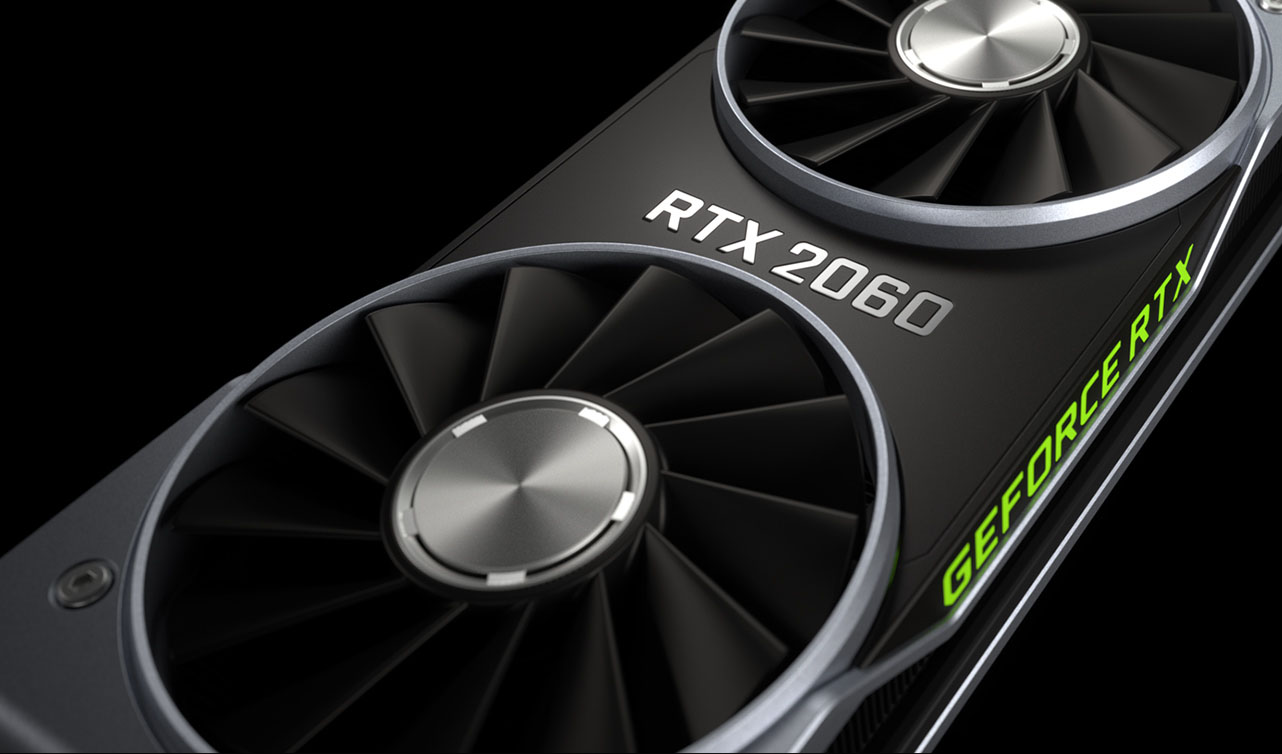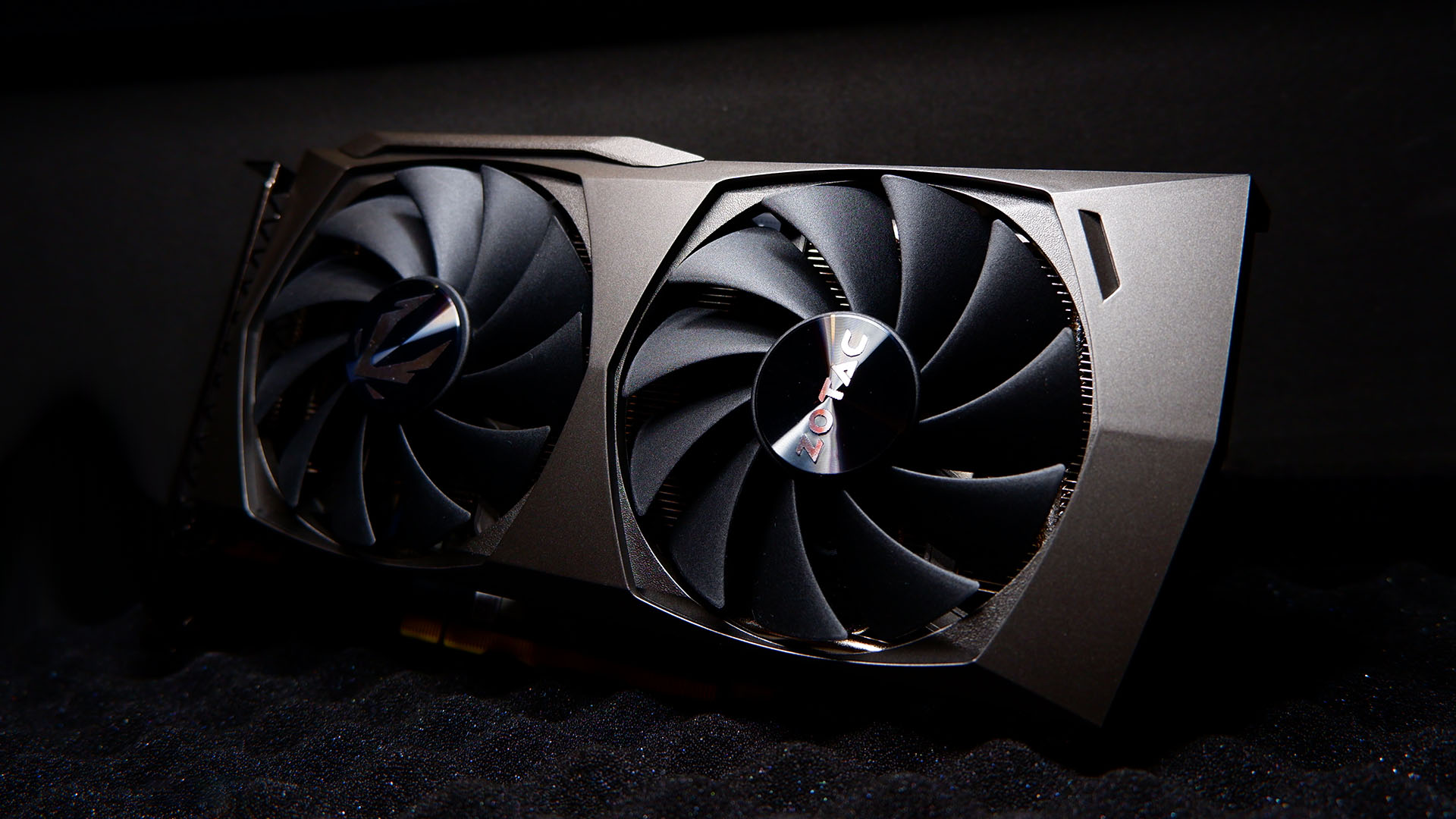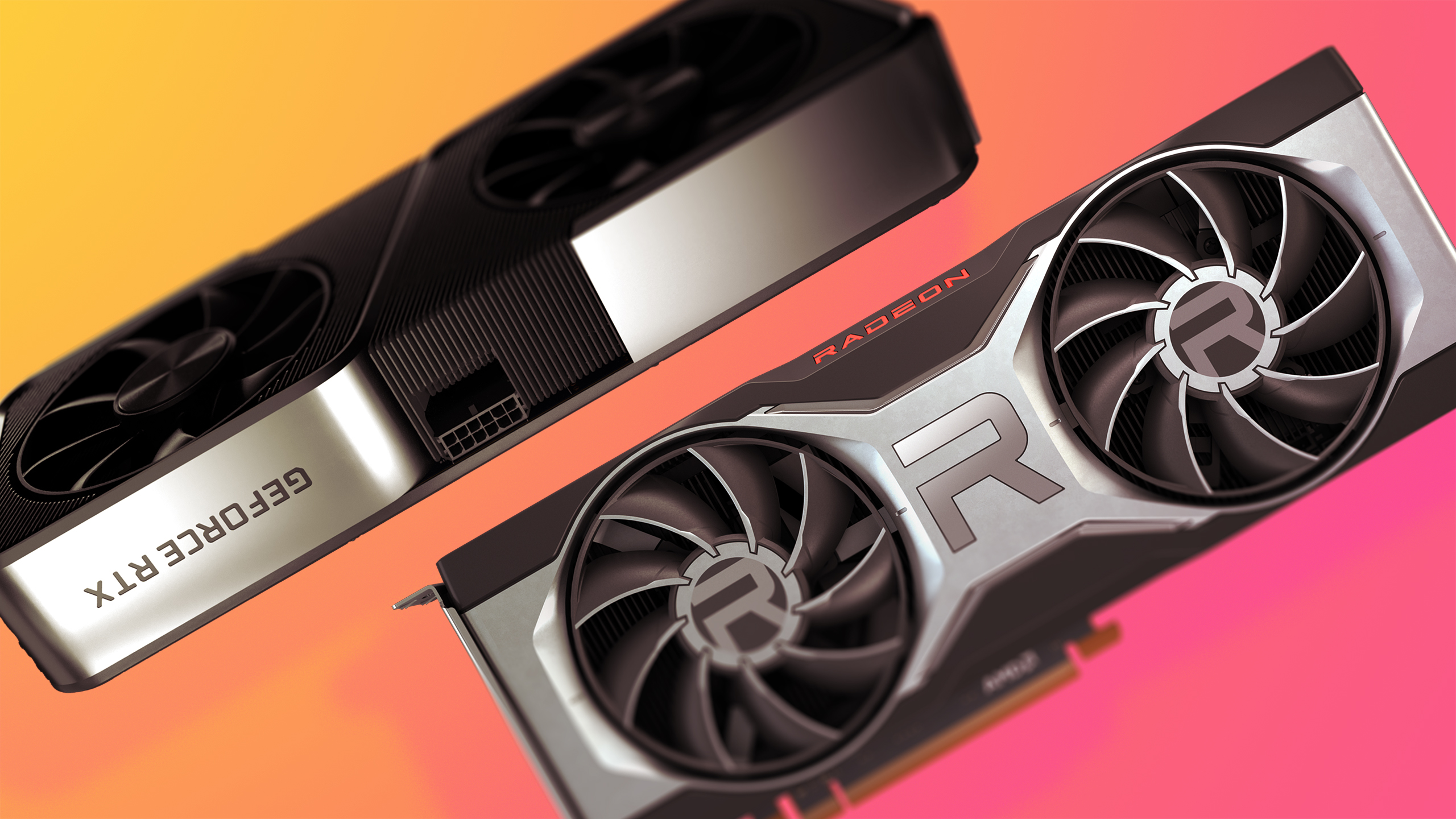Nvidia may be pulling the RTX 2060 out of retirement to combat PC gaming's price problem
Could the entry-level GPU of 2021 be one and the same with Turing's cheapest RTX graphics card?

Nvidia is rumoured to be resurrecting the GeForce RTX 2060 with 12GB of memory, in what appears could be a response to today's ongoing graphics card shortages.
According to anonymous sources speaking with Videocardz, Nvidia is planning to roll out a graphics card built around the same TU106-300 GPU found within the original RTX 2060, which was first released in January 2019.
This follows on from rumours in January of this year that alluded to a similar rerun of Turing graphics cards, with both the RTX 2060 and RTX 2060 Super.
This 'new' RTX 2060 would come with a new 'KX' suffix and be paired with 12GB of GDDR6 memory, which is double that of the 2019 model. Otherwise, the 'new' RTX 2060 is said to be a match for the older card, which almost certainly will mean it's built using TSMC's 12nm process.
The 12nm process is a few generations behind the cutting-edge nodes from TSMC or Nvidia's new manufacturing buddy, Samsung. However, it is likely higher yield, cheaper, and less in-demand than others, which would help Nvidia produce chips at a greater volume and, ideally, at a lower price.
Similarly, the TU106 GPU within the RTX 2060 wasn't the full chip. That was found in the RTX 2070, which means Nvidia needn't use perfect GPUs for the RTX 2060.
That said, there still are potential supply constraints for other components required to build a modern GPU, such as those for power delivery or memory chips. The RTX 2060 may have a relatively sparse PCB compared to an RTX 3080 Ti, but nonetheless it will require plenty of in-demand parts.
The biggest gaming news, reviews and hardware deals
Keep up to date with the most important stories and the best deals, as picked by the PC Gamer team.
Nvidia is said to have told board partners to expect the card to be ready to roll by the end of the year, perhaps January, Videocardz also mentions.
There's no word on price for the rumoured card. The RTX 2060 launched at $349, although was later dropped to $299, and you'd expect a stay from that sort of pricing for a card that's a bit long in the tooth nowadays. Similarly, with the RTX 3060 12GB starting at $329 (if you could find one at MSRP), an RTX 2060 would have to a much more affordable proposition to entice gamers.
And the reason for this rumoured re-release would be in response to ongoing graphics card shortages. Almost a year on from the launch of the RTX 30-series graphics cards and we're yet to see a steady supply of these cards on the shelves.

The Ampere generation has been selling extremely well, Nvidia has confirmed, but demand is outstripping supply.
To resurrect the RTX 2060 would be very telling for how Nvidia sees the coming year in terms of GPU availability. And it's not good news. Kicking the RTX 2060 out of retirement would suggest the green team is not expecting a drop in demand anytime soon, nor a sudden influx of supply.

How to buy a graphics card: tips on buying a graphics card in the barren silicon landscape that is 2021
That's in line with most in-the-know CEOs, including Intel's Pat Gelsinger, who have repeatedly stated that supply will not return to normality until 2022/23, if not later. Nvidia's own forecast for supply has also become increasingly worrying as the year progresses.
Nvidia will be cautious to lean in to high demand, though. It was bitten in 2018 by catering to a sudden influx of crypto-mining demand that dissipated almost overnight, leaving the company's share value to crumble.
Still, I find myself cautiously optimistic about the prospect of a graphics card to address the entry-level market. I'd really much rather a cheap and cheerful RTX 3050 Ti or RX 6000-series GPU to arrive on desktop—but with the right price, enough volume to make the MSRP stick, and liberal use of upscaling technologies and cryptocurrency mining limiters, perhaps a rerun of the RTX 2060 could keep the wolves from the door a little while longer.

Jacob earned his first byline writing for his own tech blog. From there, he graduated to professionally breaking things as hardware writer at PCGamesN, and would go on to run the team as hardware editor. He joined PC Gamer's top staff as senior hardware editor before becoming managing editor of the hardware team, and you'll now find him reporting on the latest developments in the technology and gaming industries and testing the newest PC components.

